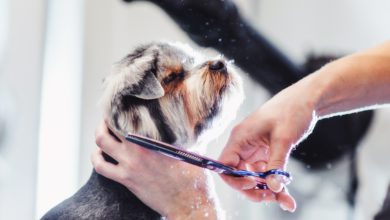Meghan Markle’s dog sparks ‘Beaglemania’

The Kennel Club has reported a 50 percent rise this week in searches for Beagles on its website after Meghan Markle was seen riding with one in a car with the Queen at last week’s royal wedding.

Become a member for unlimited access
Remove all content restrictions with a membership account. First-year special offer pricing. Cancel any time.
You have read 2/2 free articles this month.

How many members should have access to the subscription?
Monthly
Yearly
Save £9.89
No, thanks
I already have an account

The Kennel Club has reported a 50 percent rise this week in searches for Beagles on its website after Meghan Markle was seen riding with one in a car with the Queen at last week’s royal wedding.
